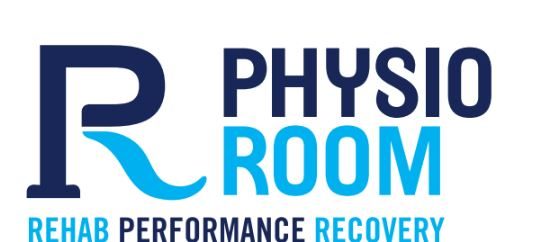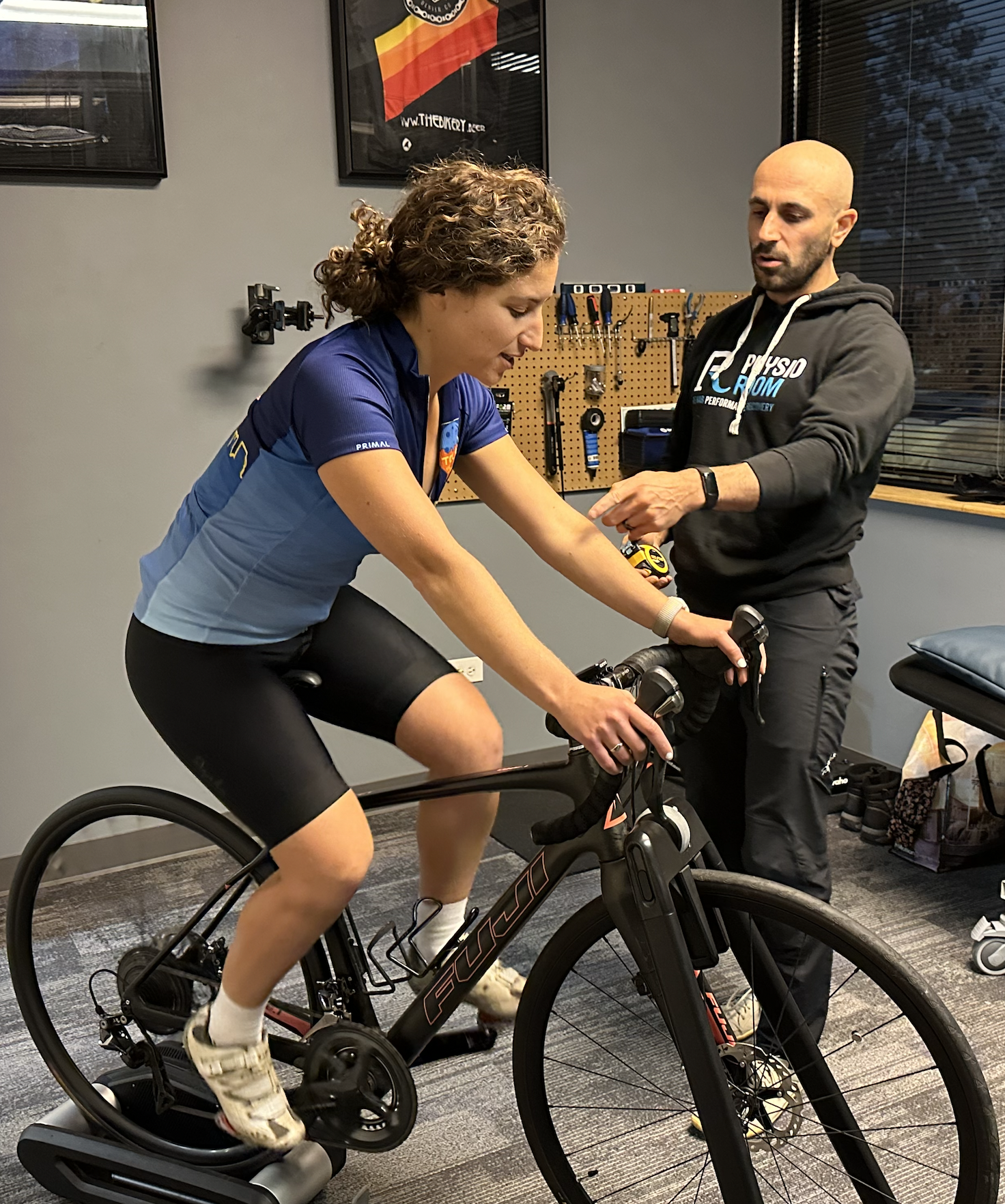3 Keys to Avoid Cycling Knee Pain: “Spring Knee” series part 3
“When my legs hurt, I say: ‘Shut up legs! Do what I tell you to do!’” — Jens Voit
A simple 3 step series to better movement patterns off and on the bike:
3. Patella Sparing Lunge
How this translates to cycling:
Pedaling is a lunge pattern performed repetitively. Poor or asymmetric lunge performance can increase risk of knee, hip, and/or back pain, along with compromised pedaling efficiency.
Mental focus points:
Main Takeaway:
The lunge pattern (and the infinite variations) is the most sport-specific movement for cycling. It has a great carryover effect to improve pedaling movement awareness.
Nuances for success:
- Same as hip hinge steps 1-4
- Once butt or hamstring tension is felt, then slide one foot backwards
- Trailing leg is for a balance point only – 99% of weight will be placed through the front leg
- As you return, drive your pelvis forward by engaging your gluteal muscles and applying equal pressure between your heel and great toe without your knee migrating forward. (This mimics the “power” phase of the pedal stroke)
- Tempo: 3 seconds down, pause, then 3 seconds to back up, pause, repeat. The slower you go the more challenging it will be.
Overarching Theme:
Doing the seemingly simple things well will pay dividends for years to come. Common pedaling movement faults including excessive inward knee tracking and pelvic drop can be improved with proficiency of at least one, or all 3, of the above movements. You don’t have to limp through another season without reaching your full riding enjoyment or performance potential.





No responses yet